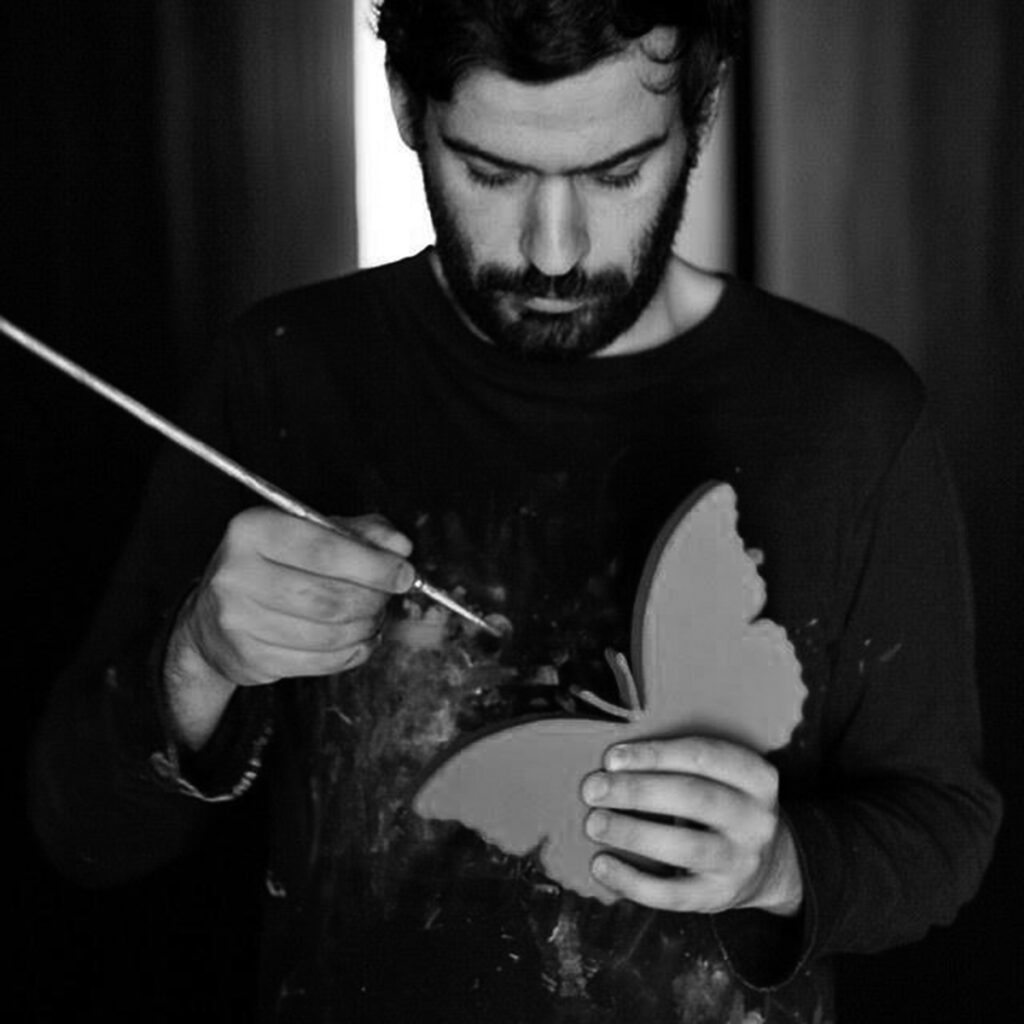Hilda Hilst’s poems and stories and André da Loba’s illustrations come together to bring life to obscene, a double book that uses sexuality as a way of denouncing and challenging social prejudices.
Hilda Hilst is one of the most renowned Brazilian writers of the 20th century. In the late 1980s and early 1990s, the poet, playwright, and novelist created what is now known as her “bawdy narrative tetralogy,” which includes tales of derision, obscene Mrs. D, Letters from a seducer Y Rosa’s Notebook by Lori Lamby.
According to Hilda Hilst herself, these works are created with the purpose of gaining readers and money, but despite this, the poet achieves a much more transcendental task: denouncing social problems related to sexuality and women.
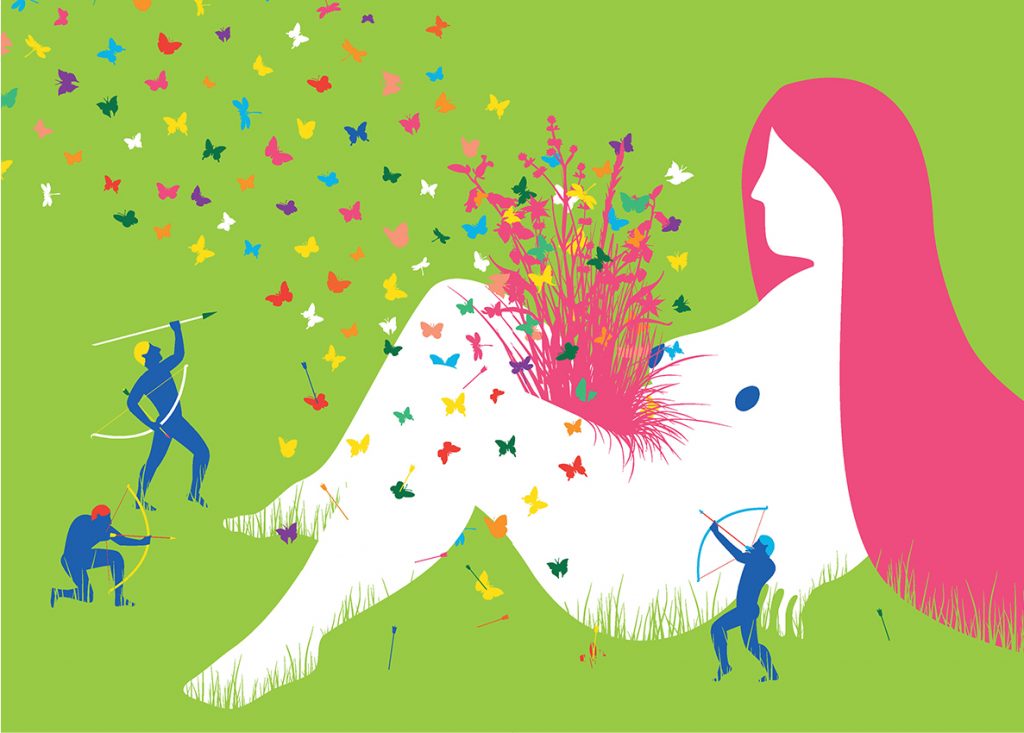
obscene is an example of this. The fragments of the stories included in this double book were taken from Tales of Derision and the poems buffolic, where the author herself assures that she wrote it “just to amuse herself.” However, this fun proposal ends up putting controversial social issues on the table.
In this book, Hilda Hilst articulates the obscene with the scenic, two key elements in her work. Through mockery, sarcasm and a lighthearted style that links humor with excess, she takes possession of the characters of Brazilian fairy tales to ridicule them, attributing extravagant physical anomalies or unthinkable sexual practices.
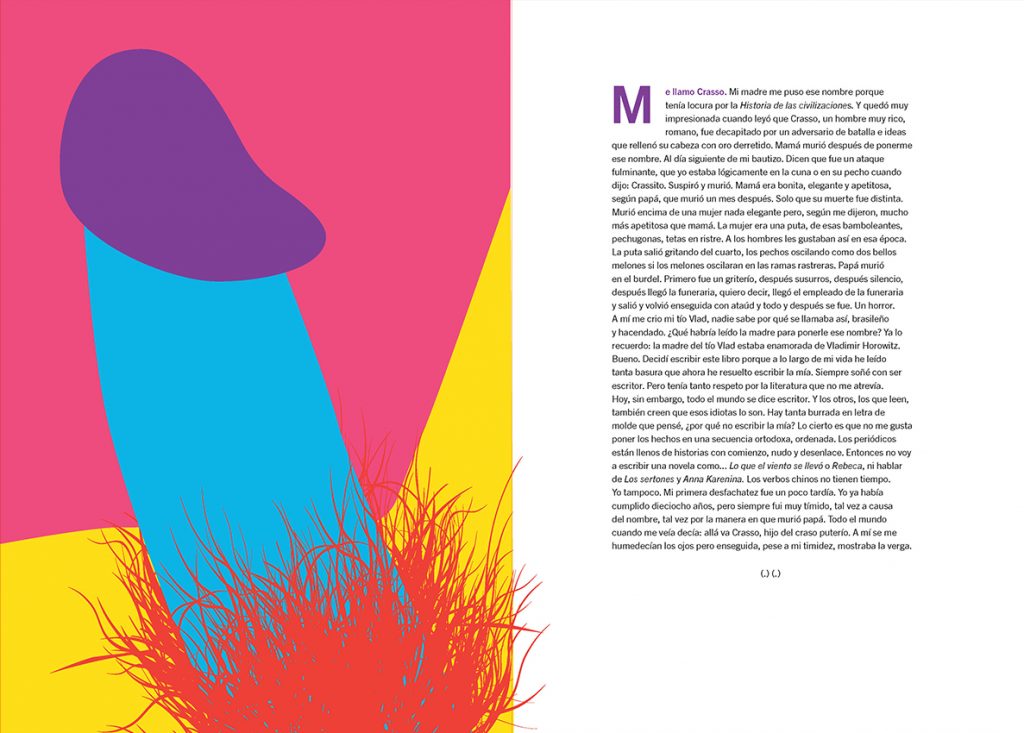
In this way, the writer is advanced and a pioneer in showing aspects that were negative and stigmatic in her time, such as pornography, managing to confront what is politically correct, combat the falsehood of society and demonstrate for women’s freedom in all fields. Thus, Hilda Hilst helps to unmask cultural gender categories, proving that purity is a myth and that obscene is not really what most people think.
«¿¿And what is obscene? Obscene for me is misery, hunger, cruelty, our time is obscene»
Hilda Hist
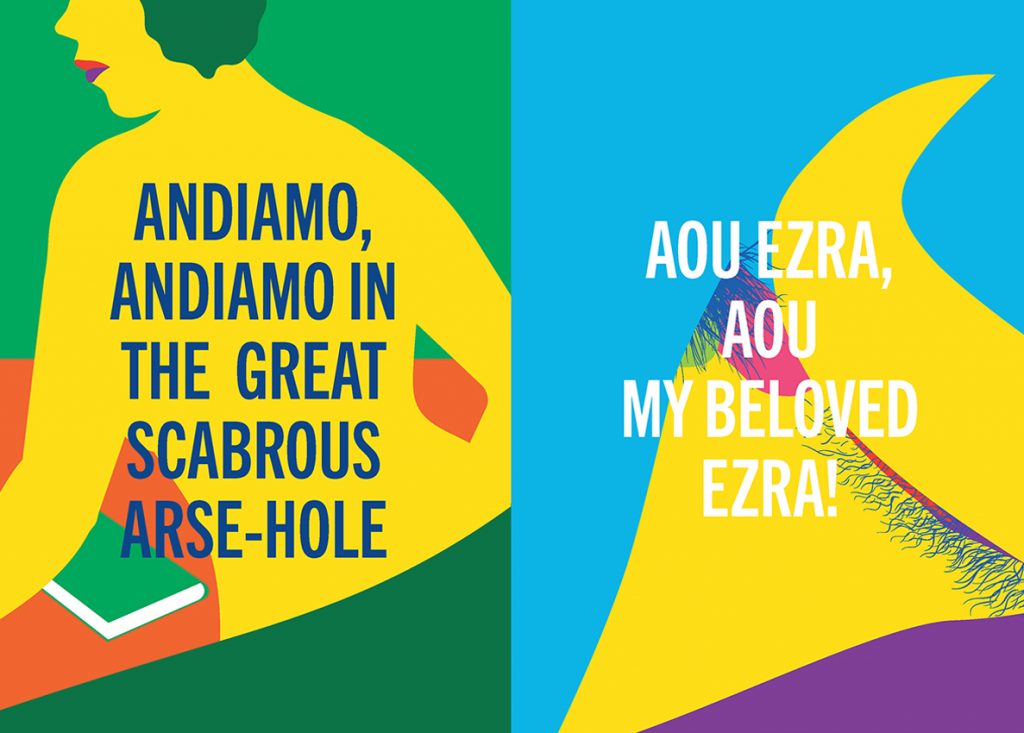
It is worth noting the grotesque and obscene that characterizes obscene it also responds to an insatiable search for spirituality, where transcendence and sexuality coexist in the same textual space. Likewise, Hilda Hilst’s irreverent personality is also reflected in her literary style, which is exempt from any formal limit. The genres are covered with impetuous freedom, with a free use of upper and lower case letters and a random use of punctuation and orthographic signs. Through these elements, the work becomes a disturbing and alive body that personifies the rebellion and freedom that characterized the writer.
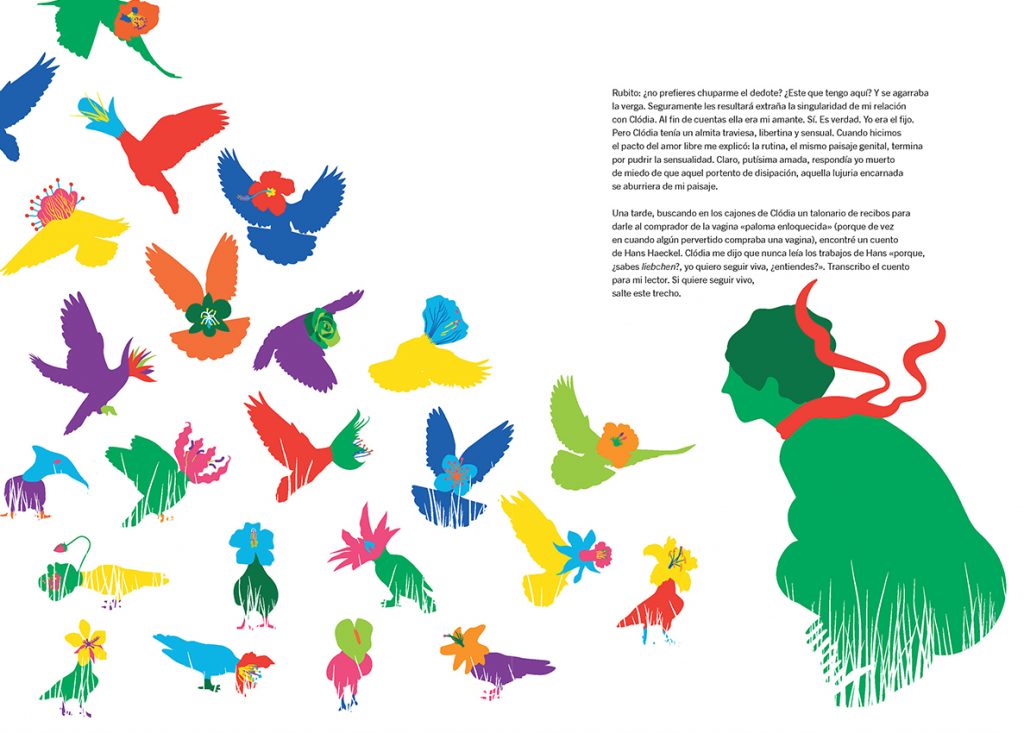
in the creation of obscene it is essential to mention André da Loba, the renowned Portuguese artist who is in charge of illustrating this work. Through a burst of colours, daring images and pop-porn-soft figures, the illustrator manages to bring Hilda Hilst’s writings to life, managing to turn pornography into art.
In this way, the illustrative capacity of André de Loba and the literary talent of Hilda Hilst come together to give rise to obscene, a playful, risky and provocative bookwithout formal, visual and thematic limits, but with the firm will to use sexuality as a way of challenge to morality and prejudices social.
“The true revolution is holiness”
Hilda Hist
about hilda hilst
She was born in São Paulo (Brazil) in 1930. Daughter of a femme fatale and from a man who suffered from paranoid schizophrenia, his wealthy financial position allowed him to spend several seasons in New York and Paris. Upon returning he settled in the bohemian neighborhood of Sumaré in São Paulo, where he frequented the demi-monde literary. In 1950 he published his first book of poetry, Pressage, which was celebrated by the great Cecília Meireles.
At the beginning of the sixties he met the sculptor Dante Casarini and together they moved to Fazenda São José, in Campinas. There, Hilda, she began the construction of the Casa do Sol, where she lived until her death. Her work was awarded the most important literary prizes in Brazil.
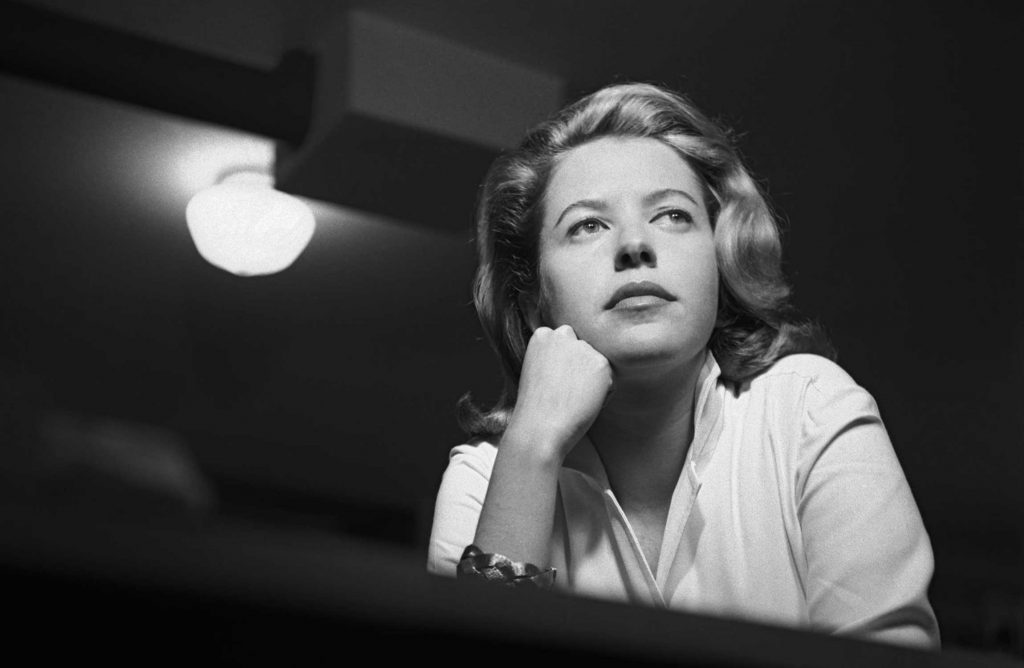
about andré da loba
He was born in Aveiro, Portugal, in 1979. He is an illustrator, animator, graphic designer and sculptor. He studied Illustration at the School of Visual Arts in New York. He has collaborated with media such as The New York Times, Time either The New Yorkeramong others, and has been recognized, awarded and acclaimed by the Society of Illustrators of New York, the magazine Communication Arts and the Bologna Children’s Book Fair.
